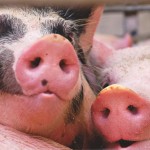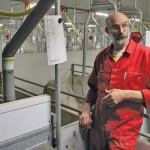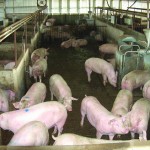On Yaji Mountain in southern China, they are checking in the sows 1,000 head per floor in high-rise “hog hotels.” Privately owned agricultural company Guangxi Yangxiang Co. Ltd. is running two seven-floor sow-breeding operations, and is putting up four more, including one with as many as 13 floors that will be the world’s tallest building








